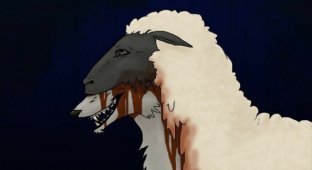Why does this insect look like an alien monster and why scientists have not been able to unravel its secrets for 200 years (15 photos)
Ladies and gentlemen, we travel back to 1803 - a time when breeches were still in fashion and scientists were considered the rock stars of the era. 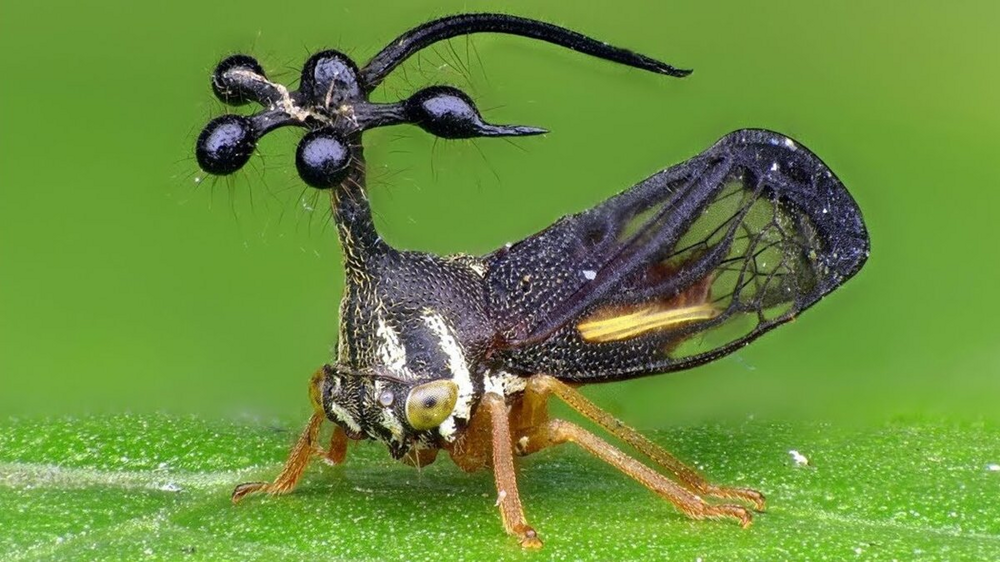
It was then that a strange creature - the Brazilian humpback (Bocydium globulare) - first appeared in entomology reports thanks to the one and only Professor Fabrizius.
Let's dive into the world of this exciting discovery that has scientists scratching their powdered wigs in bewilderment.
Chapter One: What are you? 
Imagine Fabrice's surprise when he first saw this unusual creature. What was his reaction?
There it is, a tiny insect with what looks like a satellite dish or perhaps a miniature model of the solar system on its back. 
Johann Christian Fabricius
"Good God, did I just discover an alien spy?" thought Fabricius, anticipating how it would start beeping and transmitting data to the mother ship.
So what do you do when you find an insect that doesn't seem to obey all the rules of style and function? Of course they give him a name!
The species name "globulare" comes from the Latin, where "globulus" means "small ball" or "globule". It's not hard to guess why it was called that way. 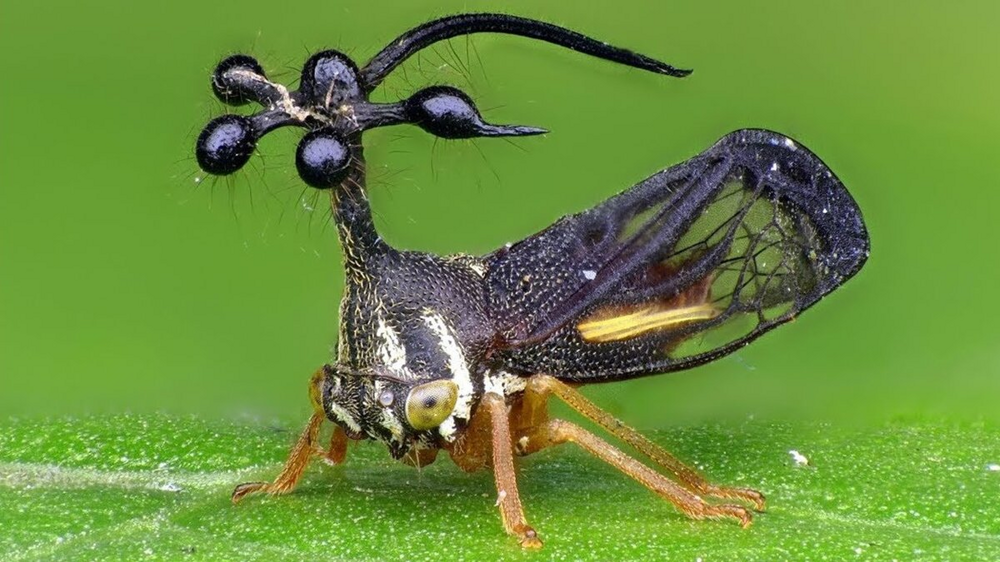
Everyone, from nature lovers to the guy next door, wanted to take a look at this creature with an unusually ornate headdress.
It's as if Mother Nature was throwing her own little Met Gala, and the Brazilian humpback was its star on the red carpet.
Chapter Two: We receive guests from the constellation Centaurus 
To the untrained eye, the Brazilian humpback may seem like something out of science fiction.
The complex spherical structures rising from its back are unparalleled in the insect kingdom and have drawn comparisons to antennas communicating with distant galaxies or bizarre organic decorations.
The true purpose of these structures remains a matter of debate among entomologists, with theories ranging from deterring predators to strange mating displays. 
As a member of the cicada family, our hero spends his life in the treetops, deftly moving along the undersides of leaves.
These leaves are not only its habitat, but also a source of food. The Brazilian humpback in the nymphal stage obtains the necessary nutrients from plant sap. 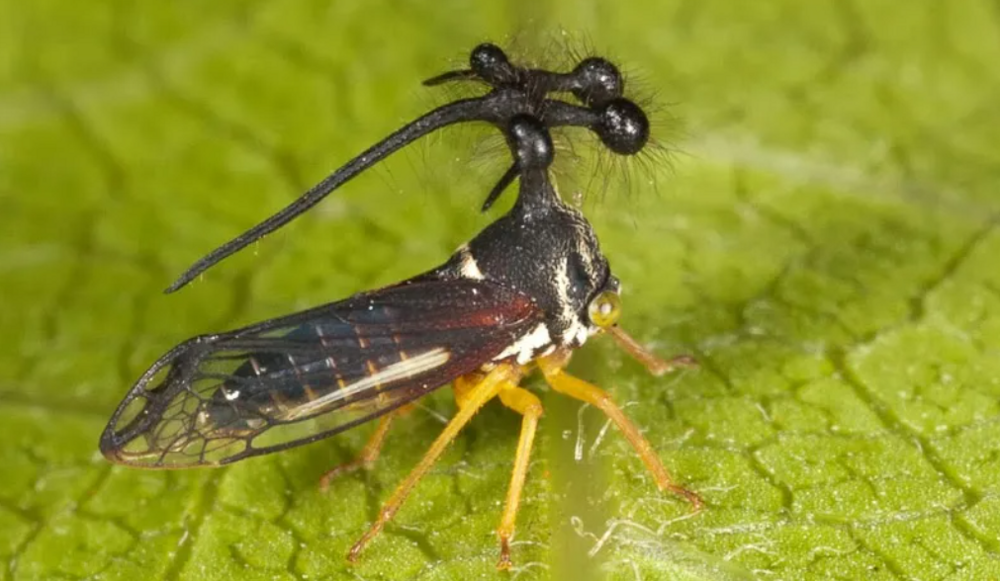
Such nutrition is crucial for its growth and development during the process of hemimetabolous metamorphosis - the transformation from a nymph to an adult without the pupal stage.
Despite their conspicuous appendages, Brazilian humpbacks are able to blend into the surrounding foliage, which is necessary in a world where predators are always on the alert.
Their green, textured bodies mimic the leaves they live on, creating an effective visual illusion that protects them from the prying eyes of birds and other insects.
Chapter Three: Love Works Miracles 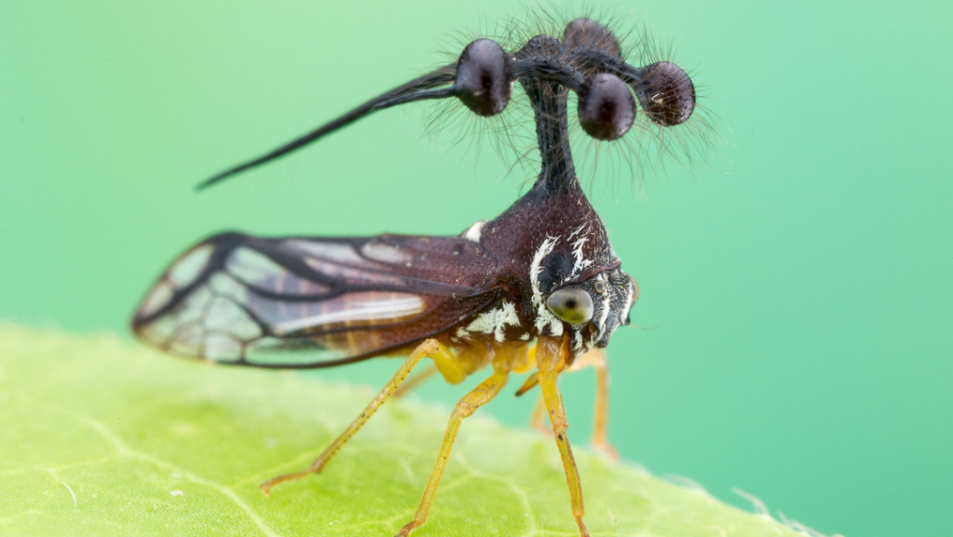
In the world of Bocydium globulare, courtship is a delicate matter. Males, like gentlemen, approach their potential mates through a series of gentle touches and vibrations.
These vibrational serenades transmitted through the stems of plants seem to say: “Hello, nice to meet you on this leaf.” 
Once the male has successfully charmed the female, the real magic begins. With the subtlety of a master artist, the female chooses the perfect leaf - her future nursery.
Some females take the "interior designer" approach, delicately inserting their eggs into the plant tissue, providing protection and secrecy.
Other females prefer an "open plan", laying their eggs on the surface so they can escape quickly. 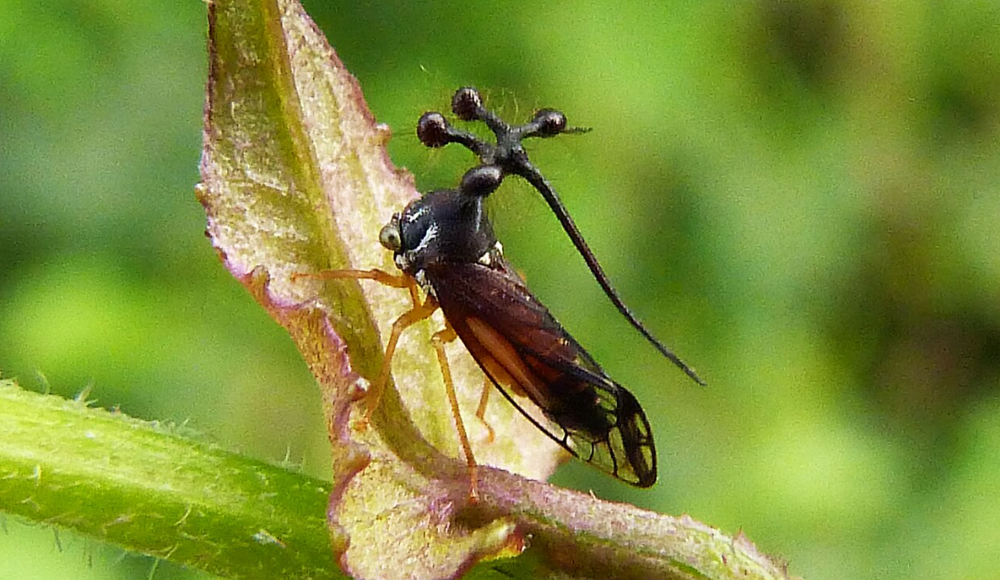
In due course, the eggs hatch into tiny, voracious nymphs, ready to fight for peace. These adventurers waste no time and immediately get to work sucking the juice.
As the nymphs grow, they go through their own version of teenage rebellion, molting multiple times, getting closer to their showy adult form with each stage.
Chapter Four: The Unsolved Mystery of the Third Planet 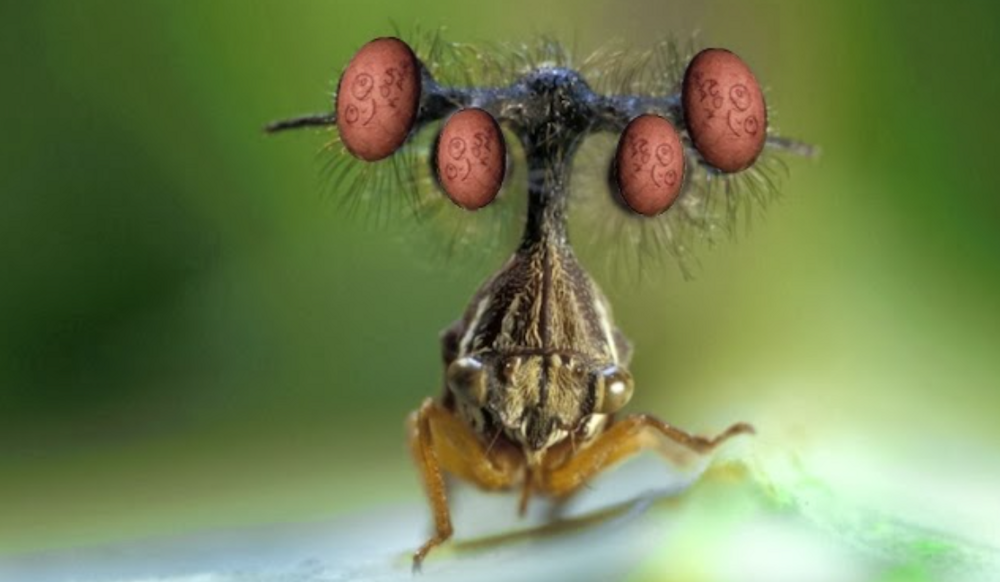
The otherworldly appendages of the Brazilian humpback protruding to the sides raise one single question: Why does every day of her life look like she is preparing for an intergalactic celebration?
The first group of scientists armed themselves with sound theory - in the literal sense of the word. They suggest that these bizarre appendages may be nature's own sound system.
Simply put, the extraterrestrial growths act as organic emitters, amplifying the vibrations and sounds produced by the humpback. 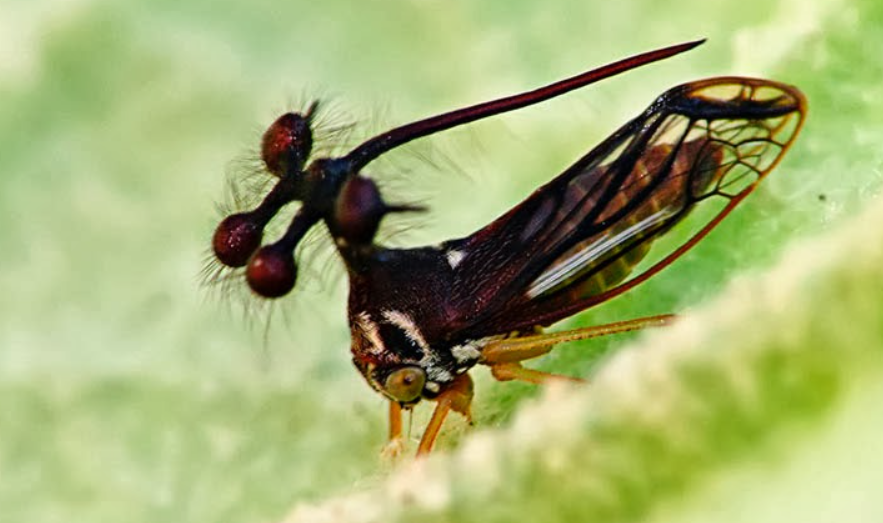
There are also romantics in the scientific world who consider these appendages to be real love signals.
In this view, humpbacks are the peacocks of the insect kingdom, displaying their complex structures in an attempt to attract potential mates.
The larger and more complex the appendage, the higher the chances of finding love. This is the best addition to a dating profile! 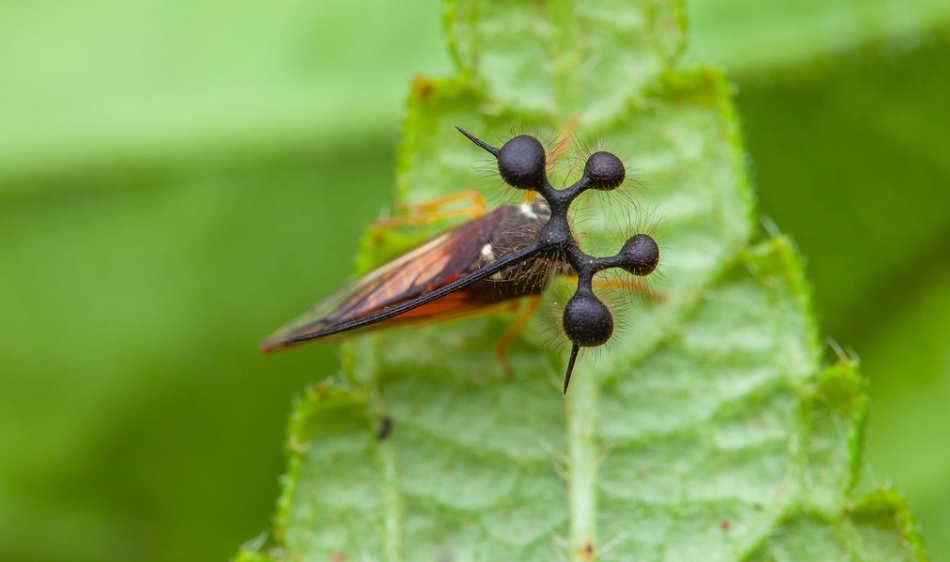
The third theory goes into the realm of spy detectives. Some researchers believe that these appendages are a masterstroke of evolution aimed at protection.
For a predator, the Brazilian humpback may seem too outlandish, too confusing to be a tasty morsel. 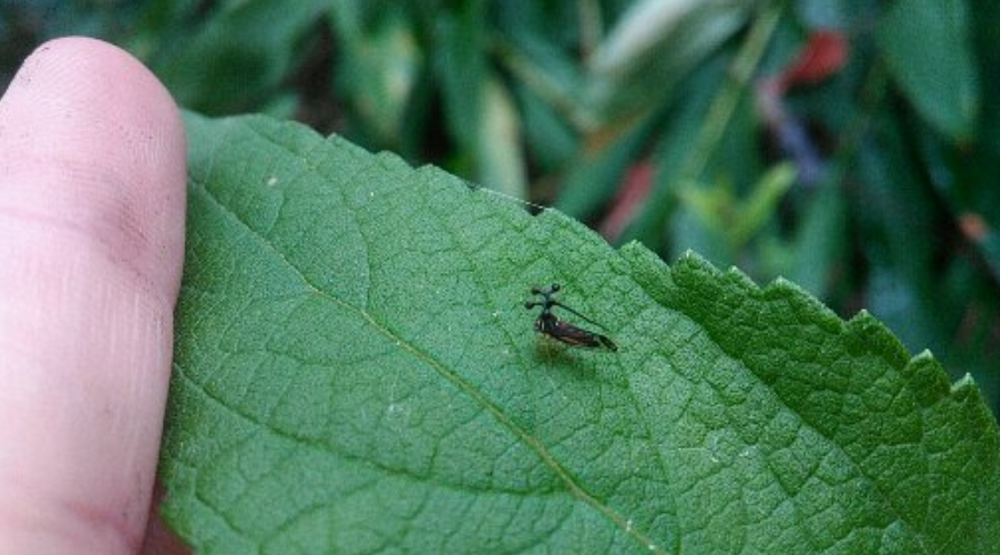
Despite all these speculations, the truth remains shrouded in mystery. Brazilian humpback doesn't want to give away her secrets.
Perhaps she enjoys the speculation, surprise and bewilderment she causes among the scientific community.
Or perhaps in the grand scheme of nature it serves some special purpose that the human intellect has yet to unravel.
Conclusion 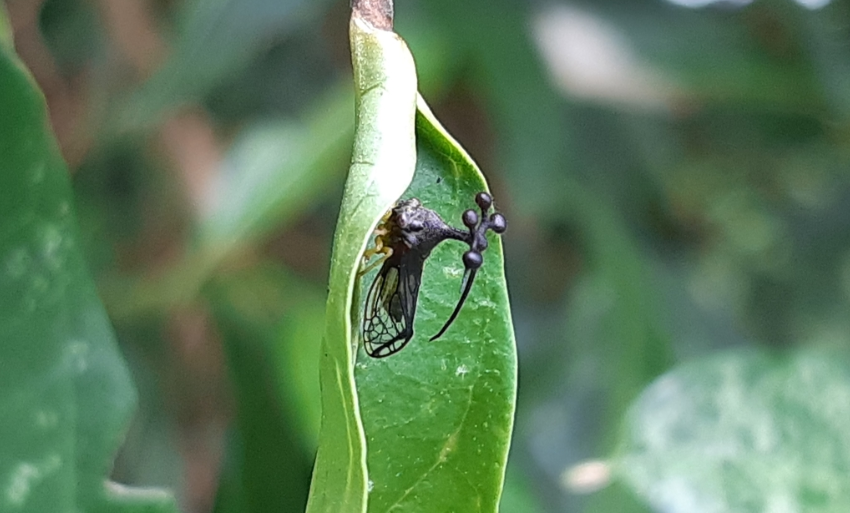
As you go about your daily activities, don't forget to take time for the little miracles that surround you.
Whether it's an unusual insect, a bright flower or the melodious cry of a bird - every element contributes to the richness of our world.

















